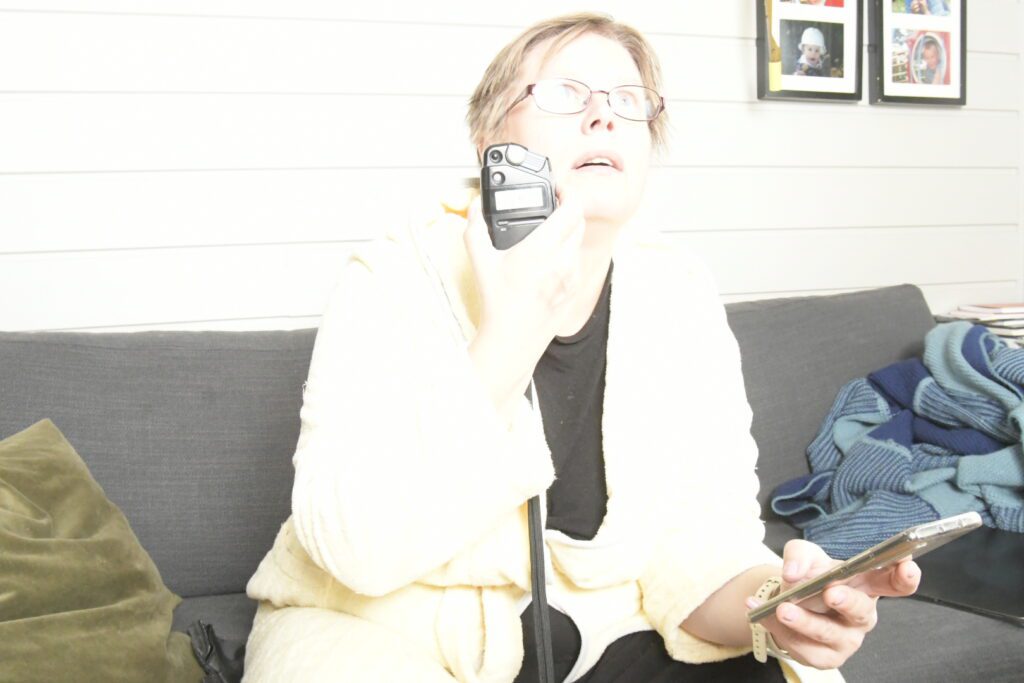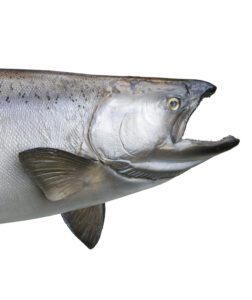These artists believed that the role of art was to make the world a better place, and for suprematists, by removing the notion of art as a direct representation of the real world, they steered towards pure form and flat colours – as far away from the world of natural appearences. By creating art using only basic geometrical shapes, everybody could participate.
Now known graphic design principles, such as balance, space and form were developed in these times, and these principles are still in use today.
The term Suprematism refers to “the supremacy of pure artistic feeling” rather than on visual depiction of objects”. In suprematism, purest shapes and simplest forms became the content in art. On the other hand, constructivists found this too abstract and useless, and turned their work towards art that could serve the community – such as posters to bring a message to the uneducated masses in order to achieve social and political change.
Known artists from these periods are Kasimir Malevich (the founder of suprematism), Lyubov Popova, Olga Rozanova, Nikolai Suetin.

In Constructivism-1930) (1920, abstraction is still relevant, but art was given a function as political statements towards social change or social purpose. The idea of “art for the sake of art” or art as self-reflection was rejected. The work created in this period comprised product packinging, logos, boo covers, posters and advertisements.
El Lissintzky was advocate for art and design as a communcation means in a nation where most people were illiterates. He tried to create a visual language where colour and shapes conveyed the meaning insted of letters.
- Characteristics of Lissintzky’s work are
- Layout on a grid
- Limited colour palettes
- Diagonals to create tentions
- Sans-serif typography
- Repetition of pure geometrical forms
- Inluding photography in art
- Layering and superimposing of elements in the artwork
Jan Tschichold (in the Bauhous movement) was greatly inspired by Lissintzky.
Other artists in this period; Aleksander Rodchenko, Varvara Stepanova. Vladimir Mayakovsky, Naum Gabo.

Oppressed Peoples of the Whole World (…), 1924 (from https://www.artsy.net/artwork/gustav-klutsis-oppressed-peoples-of-the-whole-world-dot-dot-dot)
Some modern posters clearly influenced by constructivism



References
http://russianconstructivists.blogspot.com/2011/09/inspirational-modern-constructivist.html



